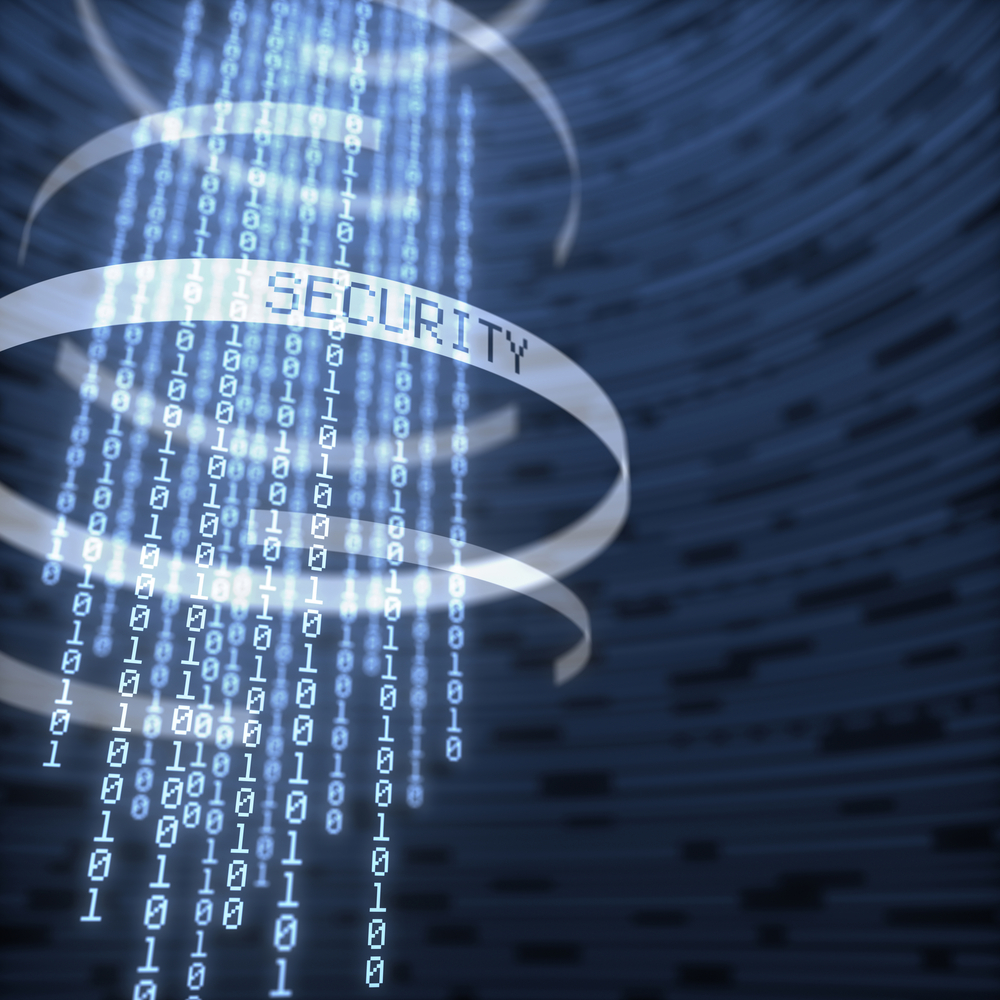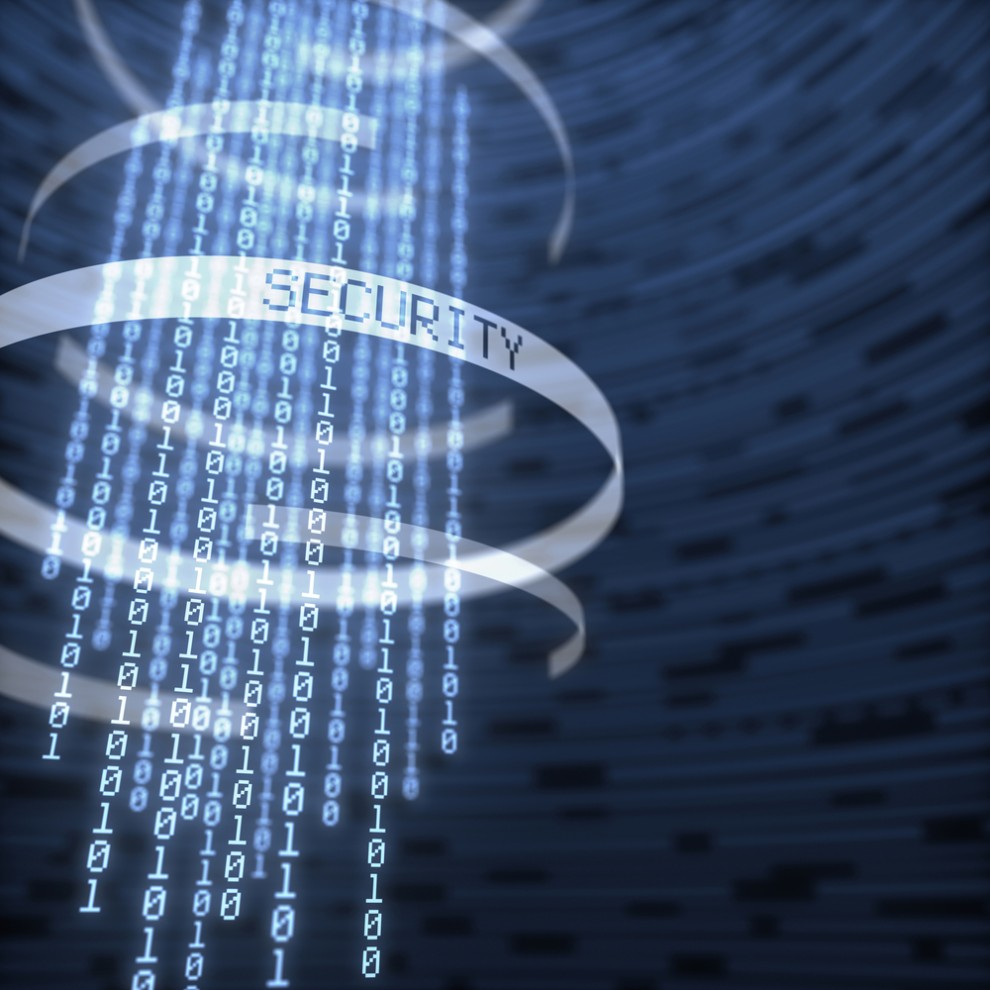Nowadays, an increasing number of monetary transactions happen in digital form, and in a lot of cases, frauds happens. Any company that stores or moves crucial information on an digital network is putting its information vulnerable. A cyber criminal on the other side of the world or an apparently faithful staff might have the capability to wreak havoc, by deleting, stealing or exposing confidential or important information.

A Computer Crime and Security Survey, which is conducted by the Computer Security Institute and the Federal Bureau of Investigation, shows nearly two-thirds of the big businesses and government authorities lost money while their computer security broke down.
The survey also noted that 9 out of 10 respondents experienced computer security breaches in the course of the previous 1 year. Proprietary information worth $170 .8 million was thieved from the 41 respondents. Fraudulence cost 40 respondents $115 .8 million.
While only 45% of professionals in North America claimed they perform security audits on their eCommerce systems, (all over the world, less than 35% had performed security audits) it would be obvious that institutions must enhance their defenses immediately.
The initial step in shielding information assets is a Threat and Risk Assessment (TRA). Without the data it offers, institutions are in risk of fixing merely what exactly is overlooking and broken possible hazards. While the particulars of a TRA will likely be unique at every organization, a typical methodology offers a starting point.
The initial step is risk evaluation by information security companies, to determine the key assets and information: threats and vulnerabilities are identified; remedies are suggested and polished; company policies are tightened up; roles and responsibilities are designated; standards and guidance are developed.
The subsequent step is the development of a protection plan, with its procedures, budget and implementation timetable. Once those measures are finalized, any new architecture could be rolled out and new methods set in place. At this moment, the new system ought to be tested from the outside for every remaining weak spots.
Lastly, to sustain system security, protection needs to be audited by skilled information security auditors regularly to maintain pace with both inside changes and growing external threats. The TRA offers the map, but institutions should make the journey. Consulting companies have uncovered aspects that promote the success or failure of an IT security project. Senior managers need to support the project and illustrate their participation. Elsewhere, their staffs can place a better priority on other activities.
Currently companies in UAE are getting targeted by spoof emails; the emails are making wire transfer money fraud in UAE and other gulf countries. Company and technical experts should both get involved since solutions that overburden the organization are not acceptable. Individual enterprise needs to be responsible for their very own TRA to avoid foot-dragging in the course of execution and finger-pointing afterwards. Amazingly, one adviser recommended carrying out assessments on a department-by-department basis, instead of all at once. The reason is that valuable resources may be narrowly focused, and lessons learned may be carried over to succeeding assessments.

